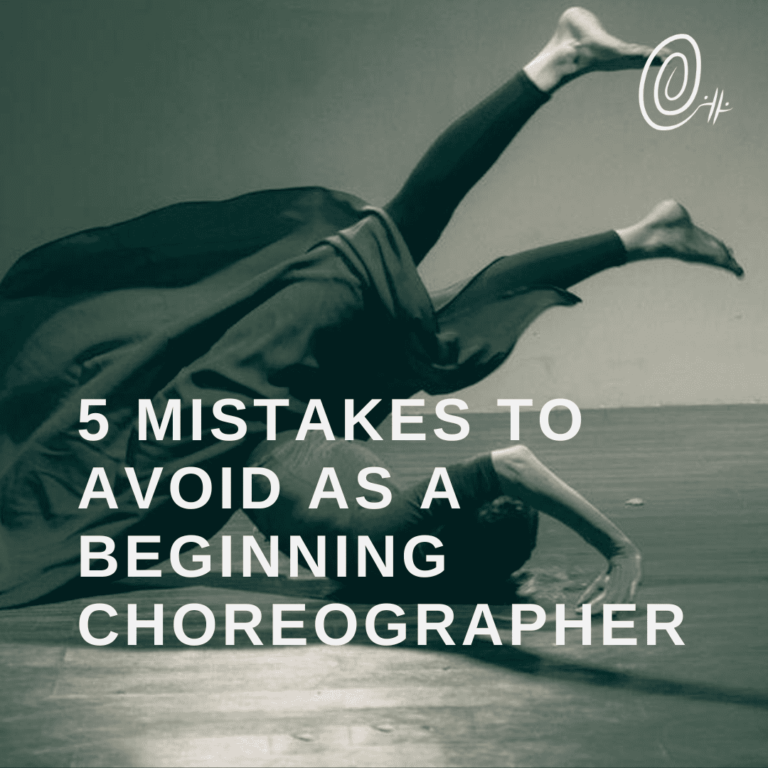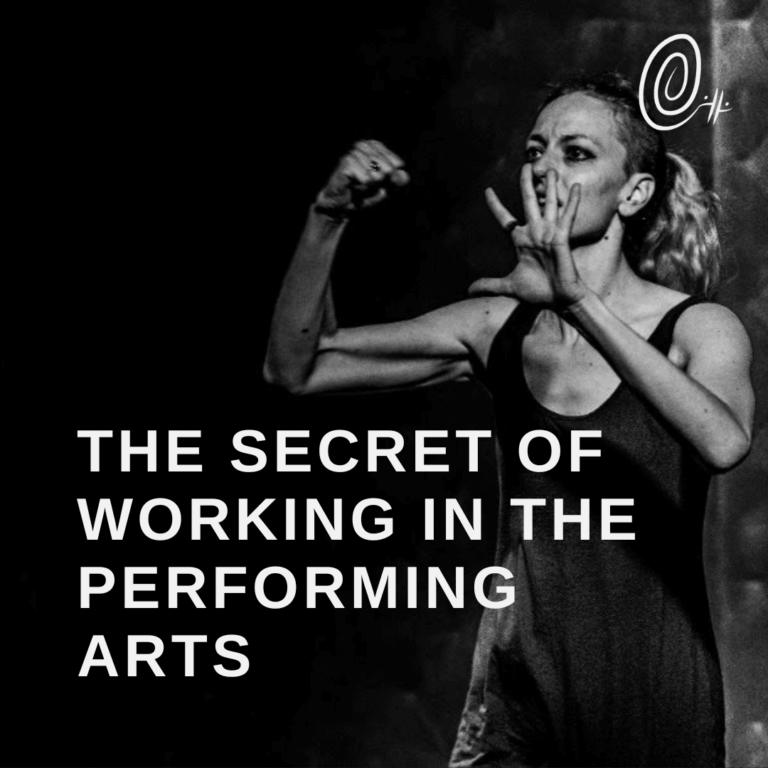Dancing Beyond Borders: Dance Opportunities Abroad
While there are certain hubs around the world for dance, there are also many dance opportunities abroad. You can develop an excellent dance career in other countries. Or, you could find other dance opportunities abroad that you might not get in your home country.
A few things to note before we begin: I’m writing this from the perspective of an American, so there are certain things that are specific to this experience. With a privileged passport there are more places accessible to me than others. Complicated and problematic dynamics of power and westernization come into play for an American like me living in non-western countries. I will touch on that when it comes to working with and around traditional cultural dance styles.
This blog is not necessarily about where dance opportunities abroad are good (there’s a separate blog for that). It’s more about the decision to move abroad and the dynamics. The above considerations of power and how dance contributes to the established hierarchies are particularly important here. The truth is that dance, like other forms of art, can and is used in colonial ways. As a professional dancer working in the field, it’s important to know that and be aware of it.
Moving Abroad: Where, Why, and How
The main reason dancers move abroad is simple: They believe the dance opportunities are better. But how opportunities are defined can change from person to person. For example, ‘better’ might mean more companies with more regular auditions. It could mean a higher standard of the person’s chosen style, cheaper rents for studio spaces, untapped markets, access to new styles, etc., etc.
Some people assume that the best places to be a dancer are the places where there are a lot of companies, performances, and other events. For example, contemporary dancers should go to South Korea, France, the UK, or Brooklyn. However, as someone who has lived in both small and large market countries, there are advantages to both. Sometimes being one of the few people working in your style can give you a lot more opportunities than trying to hustle it out running from audition to audition.
Most commonly dancers travel between countries to join different companies, either by invitation or audition. Companies draw on a range of dancers. Some actively look for a variety of characters and diversity. I’ve not taken the company route mostly because I hate auditions! But also my focus is less on the company dancer life and more on the freelance artist life. As such, I’ve looked more to places that have more freedom in terms of developing my own work or trying new things. This tends to be smaller-market cities, though I did spend time in Seoul.
Traditional and contemporary dance forms
Many international contemporary choreographers travel to different countries to work with local dancers and incorporate local dance forms into their work in a so-called ‘fusion.’ The appeal is easy to see: different dance forms provide many new ideas, and choreographers are always looking for new ways of moving.
However, any time a person is moving across cultures and using local styles, there is a question of power and exploitation that is important to deal with. This is particularly true when the person coming into the culture is not connected or rooted there.
I noticed this a lot when I was in Cambodia, when I saw a few international choreographers come in and create “fusion,” which was essentially contemporary with a few aspects of the local apsara style and interludes with apsara-based movement. Clearly, the dancers contributed the entirely of these sections and the expertise in that styles, but it was not advertised as their work. Of course the international choreographer got all the credit.
I’m sure that in many respects I fell into the same pitfalls, and trying to understand a ‘real’ fusion got me into trouble a couple times. I did create a duet which used aspects of apsara alongside ballet as a metaphor for the language barrier, though it wasn’t meant to be a fusion, it was just a story. In later projects, I stopped trying to add in apsara. Although I was working with local dancers, I focused more on the storytelling movement rather than something from a specific style.
Because my background is in ballet and contemporary, it would not be correct to choreograph in local specific styles without extensive training. Here in Pakistan where I’m based, I do not choreograph Bollywood or bhangra styles. It would be like those early performances I saw in Cambodia, an approximation of something for the sake of newness. I do, however, perform when someone choreographs for me.
The Time Factor: Expertise and Appropriation
Many dancers and movement enthusiasts are intrigued by local folk and classical dance forms and travel to learn them. I think that’s great. I have no problem with this. The problem I was talking about in the above section was people who are not trained, not experts, but just pull out the movement wholesale and use it to their advantage.
Sometimes you see people travel, spend a bit of time learning a form, then go back to their base and start teaching it. There are different variations of this. Some are barely competent but, because of the lack of expertise around them, seem very advanced. Others dedicate their lives and careers to research and training, and do actually become experts.
I don’t think there should be restrictions on who should learn what and who should be allowed to do what style. Someone from a non-western background can become a ballet dancer, such as in the movie Dancing Across Borders. Someone from South Africa could become a champion ballroom dancer. The appropriation issue comes when someone uses the knowledge from another culture to benefit themselves, usually a majority using a minority culture.
The reason I got so upset about those international choreographers in Cambodia was that I felt they were taking advantage of this so-called “exotic” style to bring a spark to their choreography. They weren’t studying it, they weren’t gaining knowledge to share, they weren’t deep diving, they were just picking stuff that they thought looked cool and throwing it into their work without paying due credit. Inspiration is one thing, but this was something else.
Dance in the world
People migrate around the world for many reasons, and dancers are not exceptions. From dance researchers, dance scholars, dance artists, and choreographers, there are a lot of dance opportunities abroad. And in fact, I think it’s an excellent thing to do, to travel and work abroad. A big mistake many contemporary dancers make, for example, is thinking that only America and Europe have opportunities.
It’s just important to remember, though, that dance is not immune to the damaging power dynamics that come into play around the world. We like to think dance is a universal form that brings people together. But, like anything, it can be used in colonial ways. So, by all means, go abroad! Just make sure that you are working in a respectful way.







